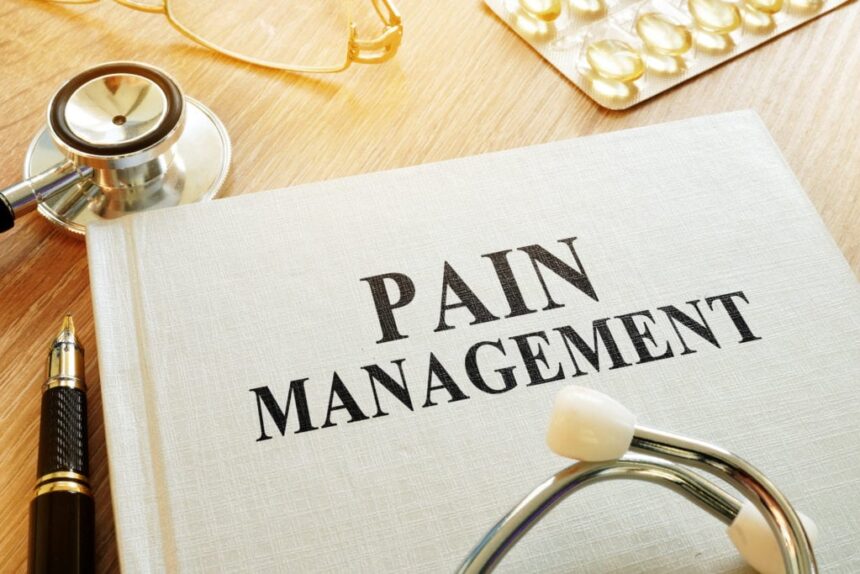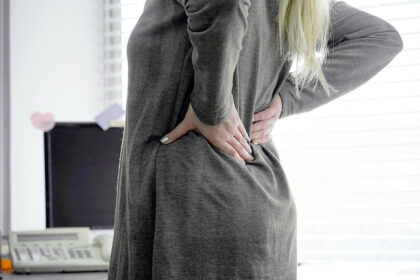Pain management addresses chronic pain and enhances overall well-being. Living with pain, whether due to medical conditions, injuries, or other causes, may significantly affect daily activities and overall well-being. Pain management provides practical methods to alleviate discomfort and restore functionality. By exploring practical strategies for managing pain, individuals can achieve effective relief from chronic pain and enhanced mobility.
The Benefits of Pain Management
Effectively managing pain offers several fundamental benefits. These benefits are not only centered around physical relief but also extend to emotional stability and life satisfaction. Managing pain helps reduce discomfort, allowing for greater day-to-day comfort. Chronic pain often limits mobility, but targeted strategies can help improve physical function over time. For instance, therapies such as physiotherapy or targeted exercises may help alleviate stiffness and restore movement over time.
Taking steps to manage pain can have a direct impact on mental well-being. Persistent discomfort is often linked to stress and fatigue, which can negatively influence emotional stability. Mitigating these physical symptoms helps in feeling more capable and balanced. Pain relief enables individuals to return to hobbies, chores, and other aspects of everyday life, which fosters a sense of accomplishment.
The Approaches to Managing Pain
Pain management involves applying tailored approaches to meet the individual needs and challenges of each patient. While every case is distinct, several strategies are helpful for many individuals.
- Physical Therapies: Techniques such as physiotherapy, massage, and stretching exercises can target affected areas to improve mobility and reduce discomfort. These therapies are structured and carefully guided to promote safe outcomes.
- Medication and Topical Treatments: Over-the-counter or prescribed medications can provide localized or overall relief, depending on the severity and type of chronic pain. Specific topical treatments, like creams or gels, are directly applied to the source to manage pain.
- Lifestyle Adjustments: Managing pain is also closely linked to adjustments in dietary, ergonomic, and sleep habits. Adopting an anti-inflammatory diet often helps reduce pain, while ergonomic workplace setups can help prevent strain on the body.
- Mind-Body Techniques: Practices such as meditation, breathing exercises, and mindfulness help address pain by reducing stress and improving focus. These techniques are valuable supplementary methods for managing chronic pain.
The Role of Professional Support
Living with pain often means balancing management strategies and seeking external support. Professional pain management services are helpful for exploring advanced techniques tailored to individual circumstances. These may include interventions such as nerve stimulation therapies, injections, or personalized exercise programs.
Professional assistance focuses on employing methods that align with an individual’s specific condition, factoring in all aspects of physical and mental health. Such customized care makes sure that strategies are both efficient and sustainable. For individuals navigating the challenges of chronic pain, building a reliable support system significantly influences outcomes. Family, friends, or virtual communities often provide perspective, encouragement, and motivation to adhere to pain-relief approaches.
Book a Consultation for Professional Pain Management
Pain management is structured to help you take steps toward improving your overall well-being. By reducing discomfort, enhancing physical mobility, and enabling participation in daily activities, these strategies focus on delivering lasting results. If you are looking to explore effective treatment options and professional guidance, book a consultation with a specialist today.
- Flat Feet and Posture: How Poor Arch Support Affects Your Body
- How Acupuncture Can Complement Other Forms of Pain Relief
- Understanding the Emotional and Physical Benefits of a Breast Lift
- Toothache or Infection? How to Tell the Difference and What to Do About It
- Hypertension in Women: Symptoms and Management






